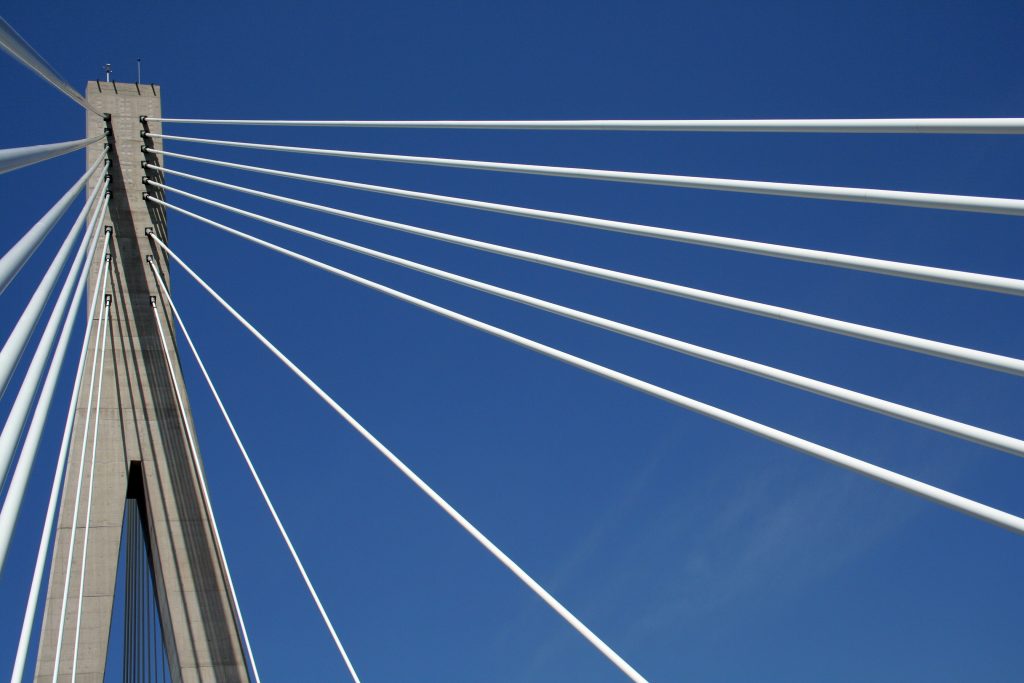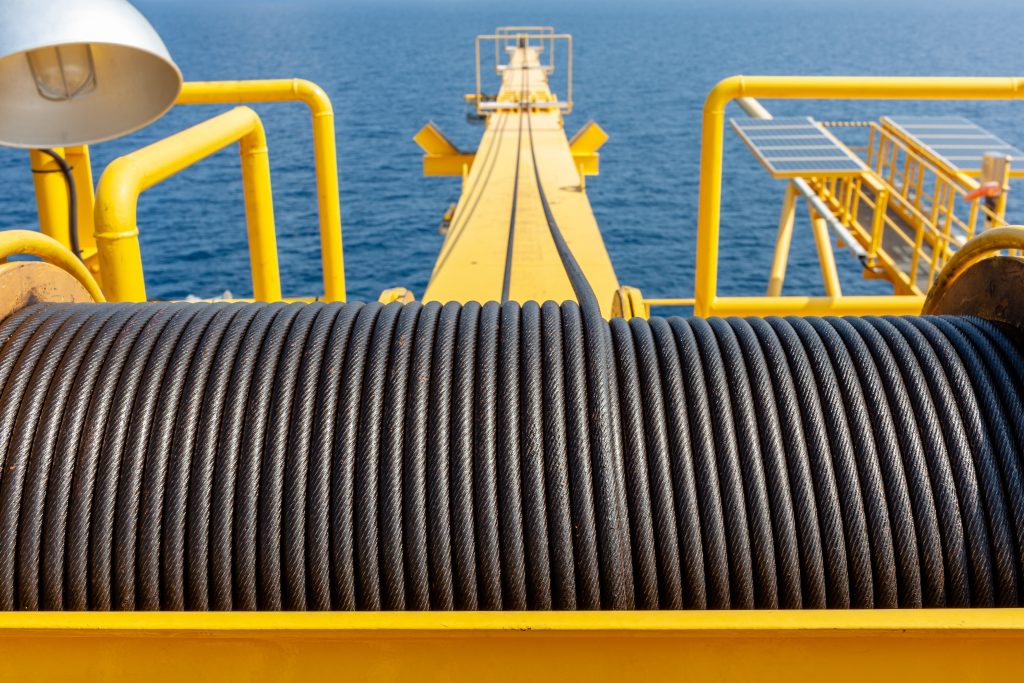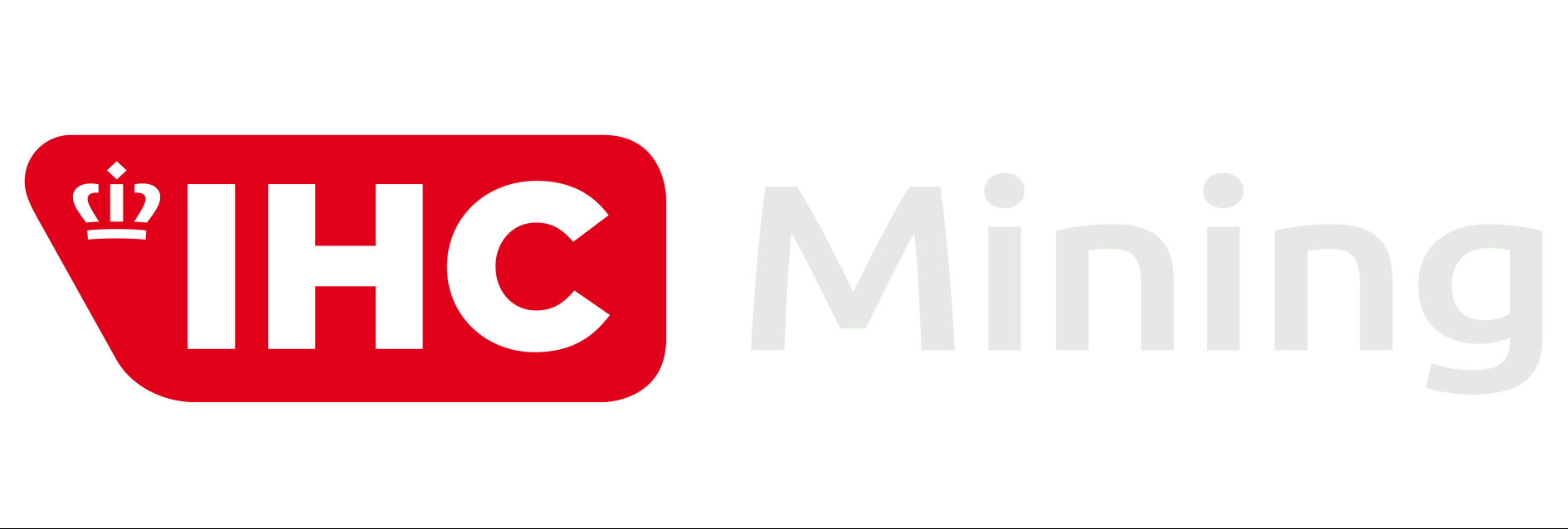In very severe scenarios, the recourse to steel wire ropes is limited by the excessive self-weight and/or the unsatisfactory structural performances.
FIRST-WIRE project aims at developing a steel-based wire for ropes and cables with improved performances and reduced weight.
This will promote the use of steel-based products in markets where composite and synthetic products are currently becoming very competitive.
The project is co-funded by the Research Fund for Coal and Steel, RFCS is a EU funding programme supporting research projects in the coal and steel sectors.
The innovation
Improved performances / reduced weight
The concept represents a breakthrough innovation, merging stainless steel elements and high strength/modulus carbon fibers reinforcements. It combines the low weight and high mechanical performance of the fibers with the good behavior of the steel in terms of corrosion resistance, wear and ductility.
The technology is proposed to be adopted in very demanding scenarios, including offshore deep-water abandoning and recovering application, lifting, mooring lines for floating platforms, structural cables for civil engineering and others.
Applications

Renewable energy
Mooring lines for off-shore floating platforms
The installation of offshore wind turbines is increasing worldwide. The current trend is focusing on the increased wind potential at deeper sea location. At the same time, the development in mooring technology is also improving in order to achieve better designs and to balance the overall rope weight with the strength properties. Innovative lightweight high performance wire ropes shall provide high axial stiffness, low bending, outstanding strength, high fatigue resistance and corrosion protection

Civil structures
Tension elements in bridge and roof structures
Steel wire ropes have a key role in structures with large dimensions and spans such as stadium roof structures, guyed masts and bridges. Thanks to their good overall structural performance, cable-stayed bridges are drawing attention in last decades leading to the construction of very large bridges all over the world. However, with the length, some issues arises such as sagging, susceptibility to resonance and fatigue life. Innovative hybrid solutions are warmly welcome as they take advantage of the excellent mechanical performance of carbon fibers joined to the high resistance against brittle fracture and corrosion of stainless steels.

Off-shore operations
Lifting, hauling, launching
Wire ropes represent a resource of key relevance for off-shore application, such as: Abandon and Recovery (A&R), drilling, hoisting, deep-sea mining and every kind of operation where lifting or anchoring is required. Currently the self-weight of conventional steel ropes limits operation to a sea depth of ~2000m, and overcoming such depth through the improvement of facilities, requires expensive investments. Recurring to innovative hybrid wire ropes will reflect in lighter hoisting structure and reduced payload of the vessel.
Contacts
For more information, please contact:









